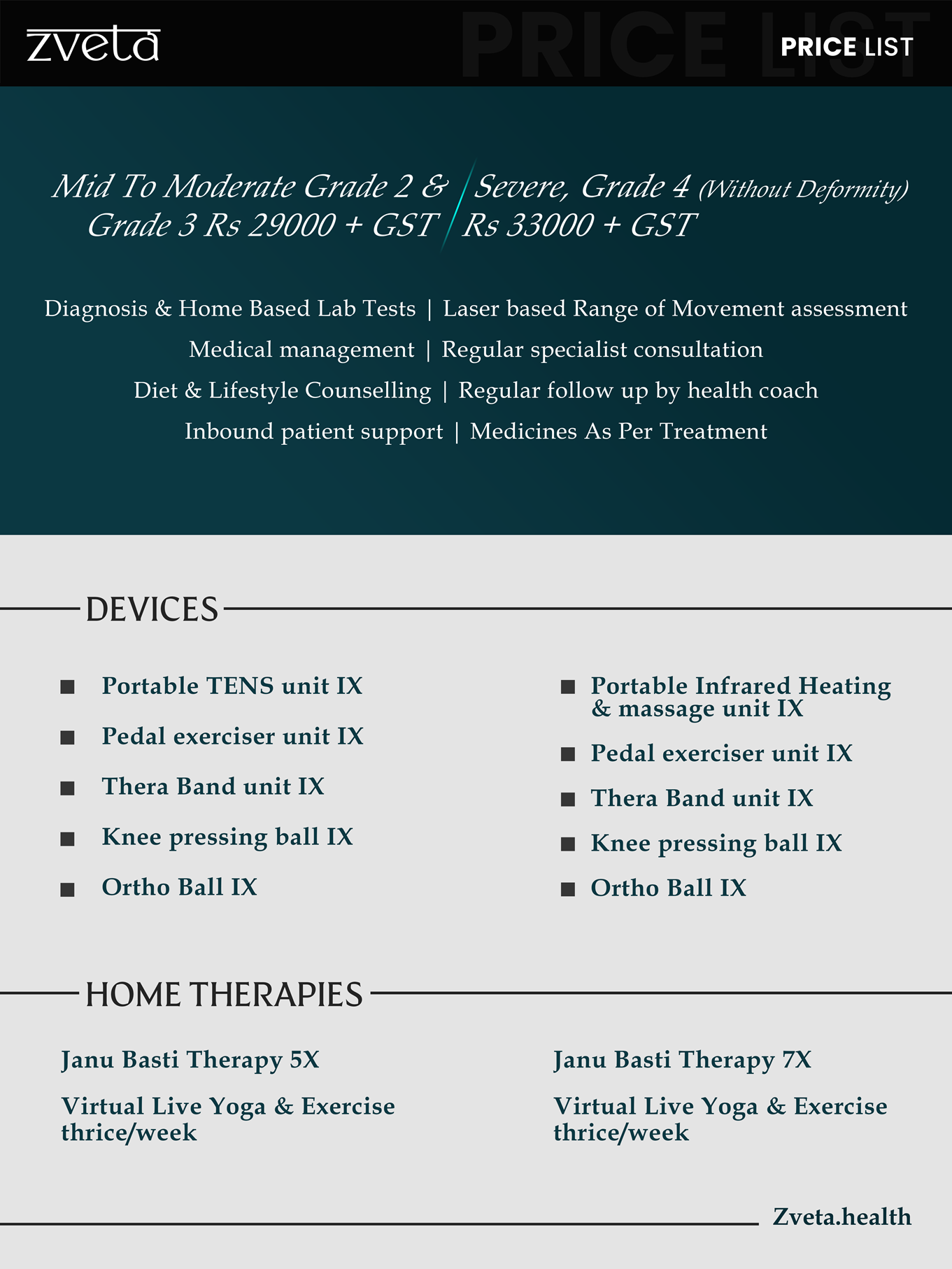Lumbar spondylosis, a common degenerative condition affecting the lower spine, poses a significant challenge to many individuals, particularly as they age. Characterized by the progressive deterioration of spinal discs, joints, and vertebrae, this condition can lead to chronic pain, stiffness, and decreased mobility.
This condition is a common culprit behind lower back pain, affecting millions around the world. Radiographic evidence of lumbar spondylosis is present in 27-37% of the asymptomatic population, indicating that many people may have the condition without experiencing symptoms. Additionally, lumbar osteophytes, or bone spurs, are found in about 20% of men and 22% of women aged 45-64 years, and in 30% of men and 28% of women aged 55-64 years
With how common it is and how often it goes unnoticed, understanding lumbar spondylosis is crucial for effective management and pain relief, as early diagnosis and appropriate treatment can significantly improve quality of life. In this post, we will explore what lumbar spondylosis is and what methods you can use to get rid of the pain from lumbar spondylosis.
Symptoms, causes, and risk-factors of lumbar spondylosis
Symptoms of lumbar spondylosis
Lumbar spondylosis often presents with a range of symptoms that can significantly impact an individual’s daily life. The most common symptom is chronic lower back pain, which can vary from a dull ache to sharp, debilitating discomfort. This pain is typically exacerbated by prolonged periods of standing or sitting, and it may improve with movement or lying down. In addition to pain, individuals might experience stiffness in the lower back, particularly in the morning or after periods of inactivity. Some people also report a reduced range of motion in the spine, making it difficult to bend or twist. In more severe cases, lumbar spondylosis can lead to nerve compression, resulting in radiating pain, numbness, or tingling sensations in the legs and feet, a condition known as sciatica. These symptoms can be intermittent or continuous, often worsening with certain activities or as the condition progresses.
Causes and risk-factors of lumbar spondylosis
Lumbar spondylosis primarily results from age-related degeneration, but several other factors can contribute to its development. As individuals age, the intervertebral discs in the spine gradually lose water content and elasticity, leading to disc desiccation and decreased ability to cushion the vertebrae. This degeneration can cause bone spurs and thickening of ligaments, which may impinge on spinal nerves. Genetic predisposition also plays a role, as a family history of spinal conditions can increase susceptibility. Additionally, lifestyle factors such as sedentary behavior, obesity, and poor posture contribute to the wear and tear of spinal structures. Previous spinal injuries and trauma can exacerbate these degenerative changes by altering spinal biomechanics and leading to chronic instability.
Pain alleviation methods for lumbar spondylosis
Effectively managing the pain associated with lumbar spondylosis is crucial for maintaining quality of life and daily functionality. Various methods, ranging from non-surgical treatments to surgical interventions, can help alleviate discomfort and improve spinal health. Let’s look at some of them.
Non-surgical treatments
Some of the most common non-surgical treatments involve medications for pain relief. Over-the-counter medications are usually enough for mild discomfort and pain. However, for more severe pain, doctors might prescribe muscle relaxants, opioids, or nerve pain medications. Other than medications, exercise programs and stretching routines might also be useful. Tailored exercises can strengthen the muscles supporting the spine, enhance flexibility, and reduce pain. Specific stretches can improve mobility and alleviate stiffness in the lower back. Sometimes, lifestyle modifications like weight modifications and ergonomic adjustments could also help complement other treatment methods.
Minimally invasive procedures
Outside of non-surgical treatments, doctors and healthcare professionals might prescribe epidural steroid injections for pain relief from spinal spondylosis. Steroid injections into the epidural space can decrease inflammation and alleviate pain by reducing nerve irritation. Radiofrequency ablation is another minimally invasive procedure that can be prescribed for pain relief. This procedure uses radiofrequency energy to heat and destroy nerve fibers carrying pain signals, providing longer-lasting relief.
Surgical options
For very severe cases, when non-surgical and minimally invasive methods don’t work, then surgical options might be the only way to treat lumbar spondylosis. In such situations, a surgeon might prescribe decompression surgery, which involves procedures like laminectomy or foraminotomy to remove bone spurs or disc material pressing on nerves, relieving pain and improving function. Another option is spinal fusion, which involves joining two or more vertebrae together to stabilize the spine, reducing pain caused by movement between degenerated vertebrae.
Concluding thoughts
Managing lumbar spondylosis and its associated pain can be challenging, but a comprehensive understanding of the condition and the available treatment options can make a significant difference. From lifestyle modifications and non-surgical treatments to minimally invasive procedures and surgical interventions, there are numerous methods to alleviate pain and improve spinal health. Early intervention and proactive management are crucial in preventing the progression of symptoms and maintaining a good quality of life. It is important for individuals to consult healthcare professionals to create a personalized treatment plan tailored to their specific needs and conditions. Maintaining a healthy lifestyle, staying active, and seeking timely medical advice are key steps in managing lumbar spondylosis effectively.


